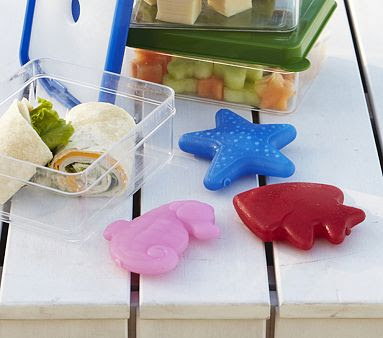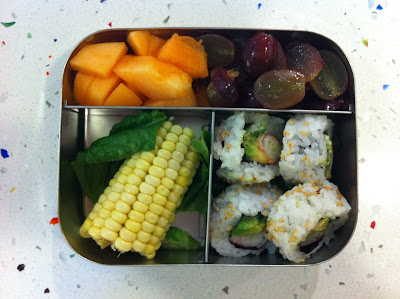This blog is really bad for me. I have more than 700 emails in my inbox that I must delete, file, or respond to (my personal record pre-blog was only 500) and a bunch of other things calling me but this is just way more fun.
A few of you commented about the artichokes
I've written about and asked how I make them so as promised, here is your post.
A warning, I am not a chef or even a proper cook. I am a foodie by taste, not by training. I learned to cook by watching my mom and an inordinate amount of Food Network in my early 20s. This is mostly due to the fact that I could not afford cable and watched the only five channels that came in clearly when I plugged in my TV. Food Network was one of them (New York 1 was another -- oh how I miss you Pat Kiernan and Roma Torre and the rest of the gang. . .). I can only imagine what kind of training I would have picked up had the Discovery Channel or the Syfy Network been among the broadcasts that slipped through the cracks of Time Warner Cable's grip on my neighborhood. All of this is to say that perhaps you should double-check anything you read here with an actual food or cooking blog. . .

Now, onto artichokes. Until recently, I was doing a whole lot of work to prep my artichokes before cooking them. This resulted in an artichoke that was very easy to eat and looked pretty when served to guests. I got my technique from the Joy of Cooking (thank you Marc and Kathryn for what continues to be one of the most useful wedding gifts we got!). I will explain it more in detail later.
But first, if you want to eat an artichoke and you're not worried about presentation, do it the easy way. Boil a big pot of water and drop your artichoke/s in when you reach a roaring boil. Cook for 45 minutes, remove, drain, eat. You can pull the leaves off individually savoring the small doses of the delicious center. When you get to the thinner, flimsier leaves in the middle, you are near the heart. Since your artichoke is cooked, it is very easy to remove the choke that protects the center of the vegetable (
its cupola as Pablo Neruda put it). Pull whatever leaves out of the center you can, and then grab a knife to cut out the actual choke (the small fibers that look like hair). Take care not to cut out the actual heart when you are removing the "hairs," you don't want to lose any deliciousness to the trash can. Once the extraneous parts are removed, sink your teeth into the soft, flavorful center. It's like the dessert of the artichoke meal. This way of eating the artichoke is messy but totally worth it.
Now if you're having dinner guests, you are going to want to go another route to spare everyone the embarrassment of trying to politely remove the heart in public (it simply can't be done). In this case, you need your artichokes, a cutting board, a knife (I find a bread knife works best) and a lemon cut in half.
Place the artichoke on the cutting board and remove the stem (I am assuming you are buying conventional artichokes in which case the stem is not particulary tasty. Artichokes sold with an extremely long stem are meant to be cooked with the stem intact and the stem should be eaten whole). Once you lob off the stem, brush a piece of the lemon over it. The lemon juice will help protect the bright green color of the artichoke (important if you care about presentation, not at all important if not). You can also pull off the shorter leaves right around the stem, they generally don't have any tasty "meat" on them and the whole thing will look prettier if they are gone.
Next, lay the artichoke on it's side and cut off the top, about 1-1.5 inches down from the top, depending on the size of your choke. Remember, all you actually eat in the artichoke is the heart and the small pieces from the heart that extend to the bottom of each leaf. So, it's not a big deal to chop off half of the "head;" it's garbage whether you cook it or not. I mentioned above that I like to use a bread knife for this task. It works much better than the Santoku knife I use for everything else. If you don't have a bread knife, use another serrated knife.
At this point, if your artichokes are fresh, like from the farmer's market, be on the lookout for one or two bugs that can crawl out at this stage in the process. They live in the leaves and totally gross me out. I love fresh food but I absolutely detest bugs. Go figure. Make sure to get rid of them lest they climb into anything else in your house. Swipe the lemon over the top of the leaves that were just cut (again, to preserve their color).
Now comes the hard part. You are going to have to cut and scoop out the choke. This is much harder to do before the artichoke is cooked because it's very firm. I cut a deep circle out of the center and then use a spoon to scoop out the "hairs." Again, make sure not to cut too deep or scoop too far or you will be cutting away the precious heart. If I had a grapefruit spoon, I think it would work great here to help scoop and scrape at the same time but alas I do not have one. When you're done, squirt some of the lemon juice inside.
At this point you can throw the artichokes into boiling water immediately or, if you prefer, steam them. I prefer steaming to boiling with most things and for the sake of presentation, I like to steam artichokes. I think they stay together a bit better when steamed and they have a better chance of preserving their color. To steam, place the artichokes in a steamer basket (I put them face down but I don't think it matters) over boiling water, cover, and let cook over medium to high heat for 45 minutes. When they're done you'll be able to eat them and get to the heart without any major surgery. Serve plain or with clarified butter or, if you like that sort of stuff, mayonnaise.
A few more notes about artichokes: when buying, try to buy the artichoke with the tightest leaves; that's how you know they are fresh. Also, they bloom twice a year so if you fall in love with them now, you get to enjoy again in the fall!
If you do boil the chokes, you will find that when you empty your pot while cleaning up, the water turns a beautiful bright green. I don't know anything about making vegetable dye but my guess is that it starts with something like this. Maybe I'll look into what to do with leftover artichoke water. . .
























